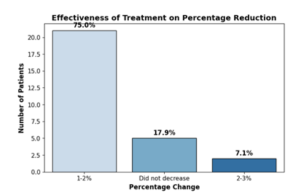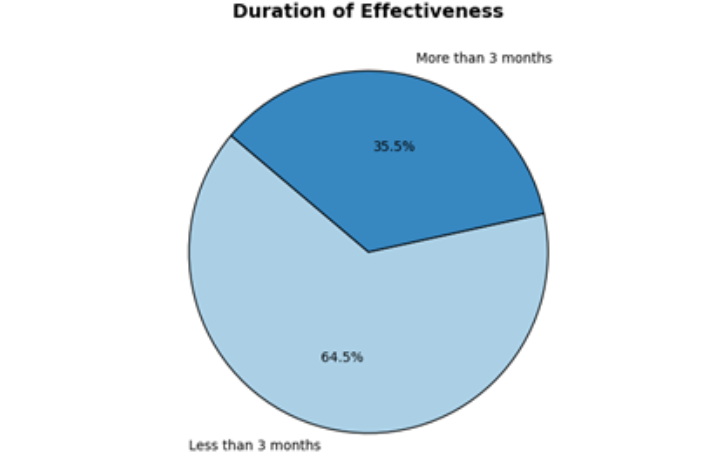Figure 1: Pie Chart of the Study Population Based on the Effectiveness of Medication
In recent research conducted on 31 Type 2 diabetes patients, valuable insights were gathered into both the demographics of the study population and their experiences with diabetes management. The study aimed to highlight factors such as gender, age, medication effectiveness, side effects, and knowledge regarding diabetes treatment. Here, we break down the key findings of this study.
Demographics of the Study Population
The study revealed a predominantly female population, with 93.5% of participants being women. The age distribution showed that the majority (64.5%) were between 18-39 years old. When it came to education, a significant 64.5% of participants had attained a bachelor’s degree or higher, indicating a highly educated group. In terms of employment, the majority (48.4%) were fully employed, while 45.2% were retired. Notably, a large portion (87.1%) of the population had a monthly income above 50,000 BDT, though only 6.5% had health insurance coverage, highlighting a gap in access to healthcare services for many participants. In terms of diabetes history, 38.7% of the participants had been diagnosed with Type 2 diabetes within the past year, while another 38.7% had been living with the condition for 1-5 years. The majority (77.4%) were taking medications for their diabetes, with the most common being Comet XR (12.6%), Metformin (6.3%), and Diamicron (5.0%). Notably, 83.9% of the participants had reported recent changes in their diabetes condition. A concerning 54.8% of participants also had comorbidities, with high blood pressure being the most common (35.4%).
Semaglutide, a medication used for managing diabetes, was regularly used by 93.5% of the participants, though 64.5% experienced side effects. The primary challenge in using Semaglutide was its cost (67.7%), but many patients reported positive outcomes, with 83.9% experiencing weight loss.
Medication Effectiveness and Side Effects and Weight Loss After Semaglutide Use
When examining the effectiveness of diabetes treatments, the study found that 64.5% of participants reported the effectiveness of their medication lasted less than three months. Additionally, the bar chart revealed that most patients (75%) had a modest reduction of 1-2% in symptoms, while a smaller percentage (7.1%) experienced a 2-3% reduction. Semaglutide’s side effects were another significant finding of the study. A considerable number of participants experienced nausea (25 patients), vomiting (20 patients), dizziness (14 patients), and even stomach pain or drowsiness (2 patients). Despite the side effects, Semaglutide led to significant weight loss in many participants, with the majority (83.9%) losing weight after regular use. The most common weight loss category was between 3.5-7 kg, observed in over 10 individuals.
Knowledge About Diabetes
The study population exhibited a high level of diabetes-related knowledge. An overwhelming 93.5% of participants recognized that excessive sugar intake can lead to diabetes, and 83.9% understood the relationship between diabetes and insulin irregularities. Interestingly, while 51.6% of participants believed diabetes is curable, 48.4% disagreed. Additionally, all participants correctly identified a fasting blood sugar level of 200 mg/dl as high. Notably, 87.1% of participants prioritized diet and exercise over medication for controlling diabetes.
Financial Impact and Healthcare Access
Financial burden remains a significant concern for many diabetic patients. While 64.5% of participants reported no difficulty affording their medication, a smaller group (6.5%) found it extremely difficult. Furthermore, only 16.1% had skipped or reduced their medication due to cost. Access to healthcare services was also a crucial factor, with 58.1% of patients visiting their doctor every 4-6 months, and 71% living within 5 km of their healthcare provider. The majority used private vehicles (67.7%) to visit healthcare providers, followed by public transport (29.0%).

Figure 2: Bar Chart of the Study Population Based on the Effectiveness of Treatment on Percentage Reduction
